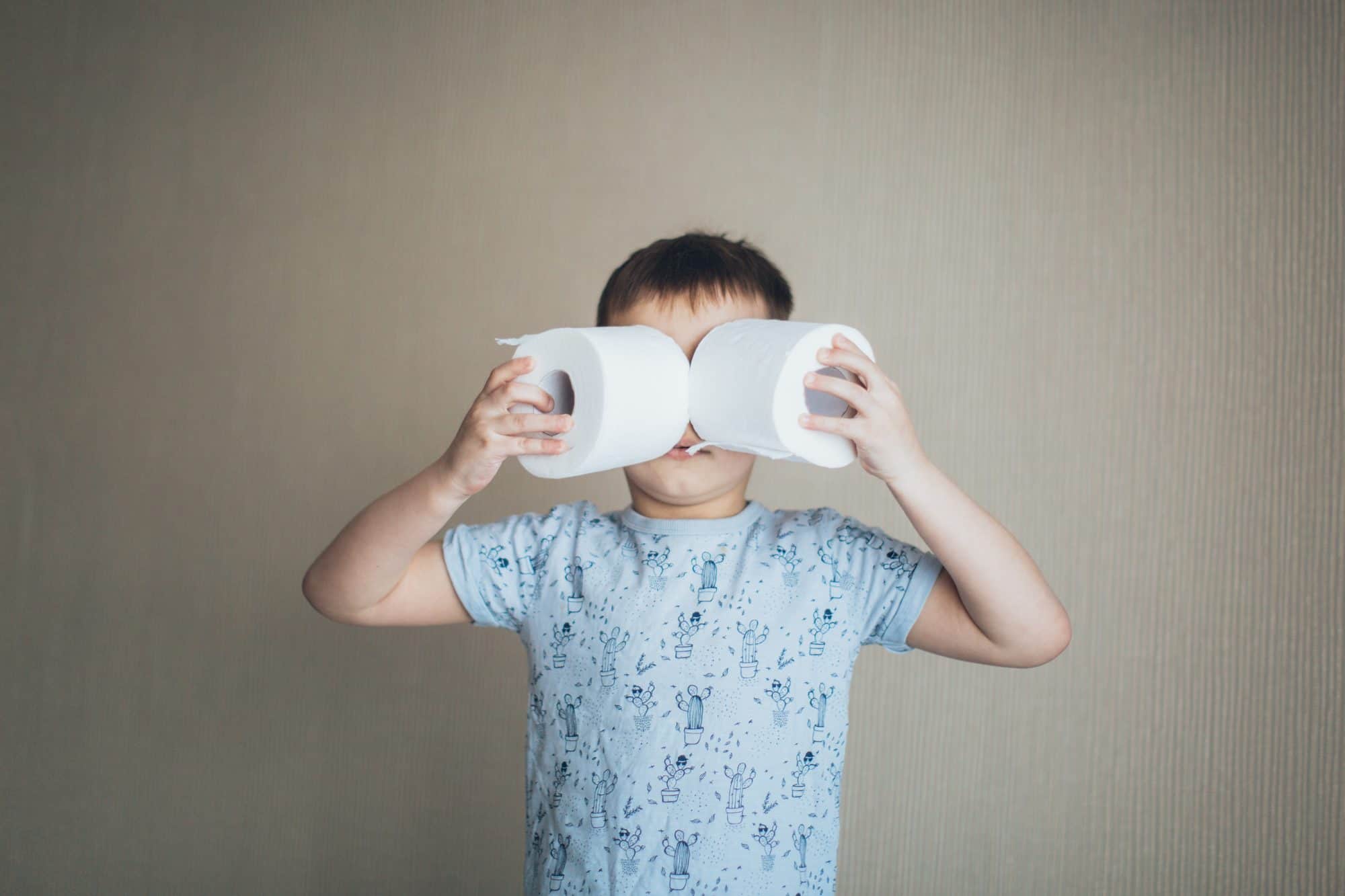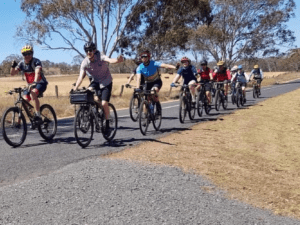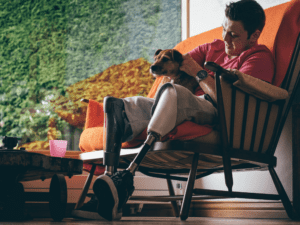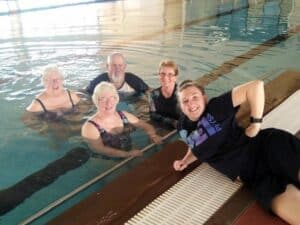Are you having trouble with toilet training your child?
You’re not alone! Online sources say that children between the ages of 18 months and 3 years are ready to start transitioning from nappies to using a toilet or potty, however, this may also occur later, and is depending on each individual child.
A number of factors influence readiness to transition to using a toilet. These include:
- Recognising and communicating that they need to use the toilet, or identifying and communicating that they have soiled their nappy.
- Waking up dry after a daytime nap or in the morning.
- Being able to ‘hold on’ and not urinating or having a bowel movement for 2 hours or more.
- Becoming irritated by wearing a nappy, especially if it is soiled.
- Having bowel movements at reasonably predictable times of the day.
- Showing interest in using a toilet or potty, or in others using the toilet.
- Being able to take their nappy off and pull their pants on and off – kids can’t toilet independently if they don’t know how to pull their pants on and off, and are more likely to experience accidents and frustration if this step is missed.
- Being able to follow simple instructions.
- Being able to sit comfortably in a single position for a short period of time such as 5 minutes
Using the toilet can be scary. There are a lot of unfamiliar smells, it’s cold, and the flush is a loud noise. Introduce your child to the toilet, provide warning before flushing the toilet so that they can get used to it, and reassure them that it is safe.
Tips for Toilet Training
If all of the above factors are met, here are a number of strategies that can be used to support toilet training.
Try timed toileting. This involves sitting on the toilet approximately 20 minutes after each main meal, and before bed. If your child remains sitting on the toilet, provide praise, and if they use the toilet, provide increased praise or reward.
Reward charts can be beneficial but should be graded. This may start with providing a sticker or small reward if your child sits on the toilet, and then providing a bigger reward if they use the toilet. Grade this up by providing a sticker or reward every 2nd, 3rd, etc time until your child is using the toilet independently.
Show your child where the toilet is at different places. Places such as grandparents, daycare, etc. so that they know where to do, and explain to caregivers if there are any words or signs that your child uses when they want to use the toilet.
Expect your child to still need assistance with wiping for a while. This requires a degree of balance and aim, which can be difficult for small children.
Expect accidents and regression in toilet training
If you’re still having difficulty with toilet training, constipation could be the cause. Impacted feces can press on the bladder, which reduces the amount of room that the bladder has to expand with urine. It can also cause overflow soiling. When the rectum is full and not emptying, loose feces from higher up in the large bowel can leak out from around the constipated area.
This is not able to be controlled by children, and they can’t typically only identify that it has occurred once it has happened.
In this case, a visit to your GP is recommended. Toilet training can be difficult, but it is achievable. If you still have questions, contact one of our Occupational Therapists on 0745 993 165.




